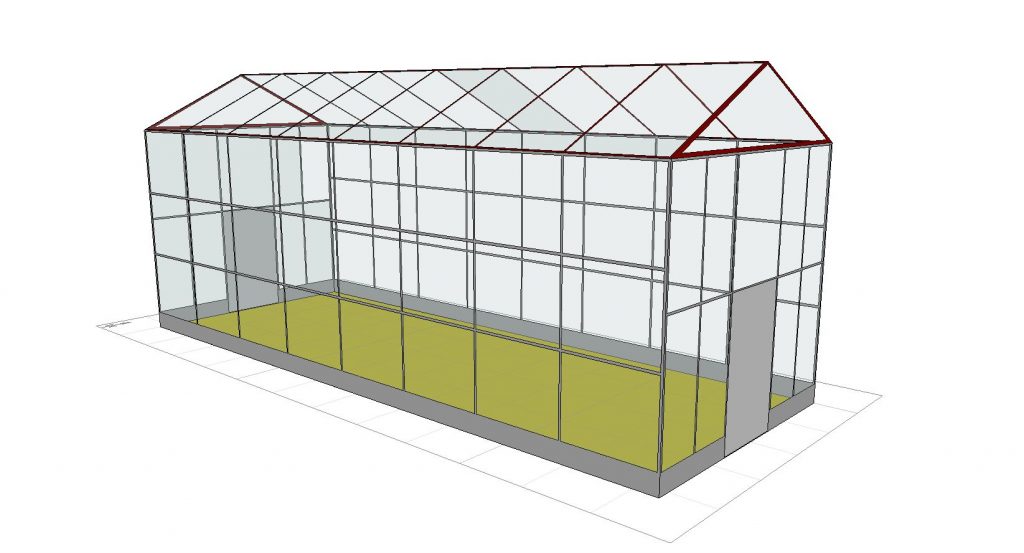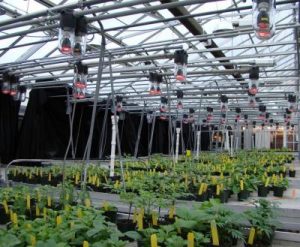The project aims to reduce the carbon emissions and the high running costs of the greenhouse sector by reducing its reliance on conventional fossil fuel energy resources.
A sustainable and energy efficient system is proposed employing various innovative technologies including heat insulation solar glass, vacuum insulation panels, windcatchers and LED lights in addition to an underground soil-based seasonal thermal energy storage system.

The smart greenhouse will be equipped with a fully automated control with internet connected monitoring and management.


The Summary clearly shows that the project addresses the TSB Agri-Tech Catalyst call to “demonstrate the potential to advance sustainable intensification of agriculture and deliver economic impact for the UK Agri-Tech industry by tackling domestic or international challenges.”
- Production will be intensified by establishing full control over the key factors affecting plant productivity, notably light levels, temperature, carbon dioxide humidity and exclusion of pests/diseases, to optimise the nutrient content and the production rate of food in a specific facility. Dynamic control of the technologies will allow the system to be tuned to suit the differing needs of various crops.
- Year-round production will allow crops to be produced within the UK avoiding the “food –mile” carbon emissions associated with importing crops from warmer climates, especially during winter.
- Although initially intended for the UK, the system can be adopted for other climates where the balance of heating and cooling required is different.
- Despite the anticipated improvements in productivity the energy consumption, and thus carbon emissions, will be lower especially through the efficient and sustainable use of PV solar energy and seasonal heat/coolth storage.
The project will be underpinned by a large body of recent, peer reviewed, numerical and experimental work on the solar insulation glass units, vacuum insulation panels and soil-based underground thermal energy storage generated by the Built Environment Laboratories at the University of Nottingham, which has been published in journals and international conferences.
